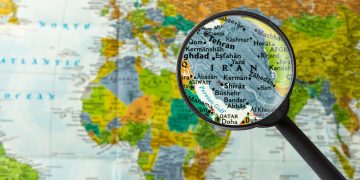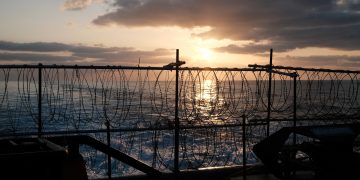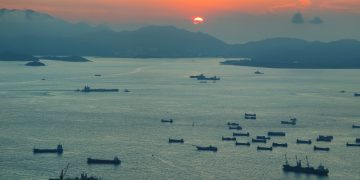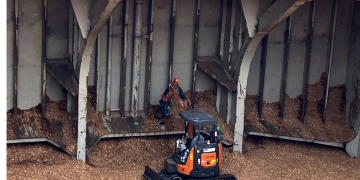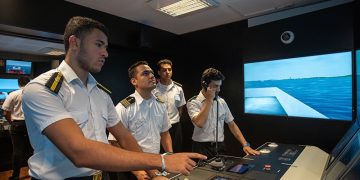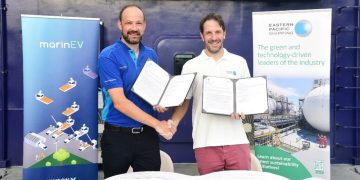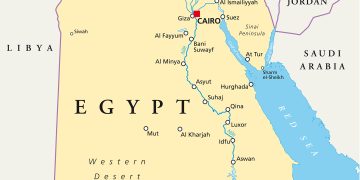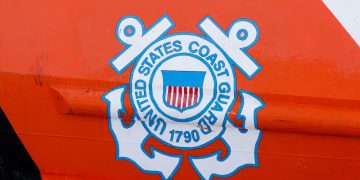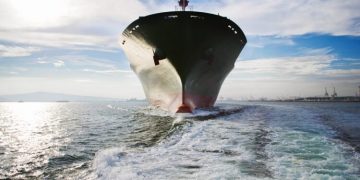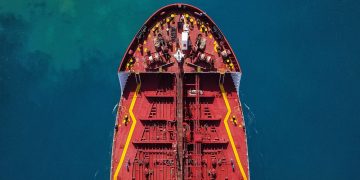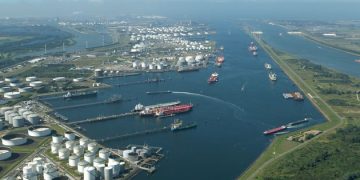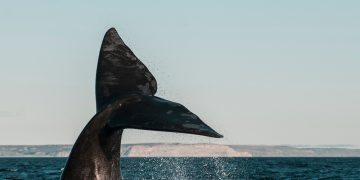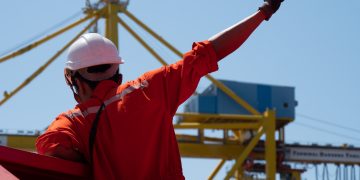Arctic Ocean becoming more corrosive to marine species
New research by NOAA, University of Alaska, and Woods Hole Oceanographic Institution in the journal Oceanography shows that Chukchi and Beaufort Seas could become less hospitable to shelled animals by 2030 “Our research shows that within 15 years, the chemistry of these waters may no longer be saturated with enough calcium carbonate for a number of animals from tiny sea snails to Alaska King crabs to construct and maintain their shells at certain times of the year,” said Jeremy Mathis, an oceanographer at NOAA’s Pacific Marine Environmental Laboratory and lead author. “This change due to ocean acidification would not only affect shell-building animals but could ripple through the marine ecosystem.” A team of scientists led by Mathis and Jessica Cross from the University of Alaska Fairbanks collected observations on water temperature, salinity and dissolved carbon during two month-long expeditions to the Bering, Chukchi and Beaufort Seas onboard United States Coast Guard cutter Healy in 2011 and 2012. These data were used to validate a predictive model for the region that calculates the change over time in the amount of calcium and carbonate ions dissolved in seawater, an important indicator of ocean acidification. The model suggests these levels will drop below the current range in 2025 ...
Read more




